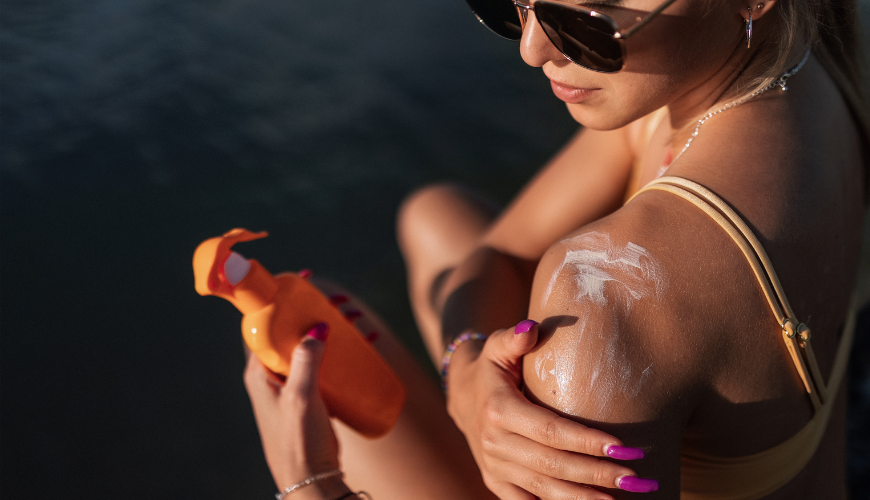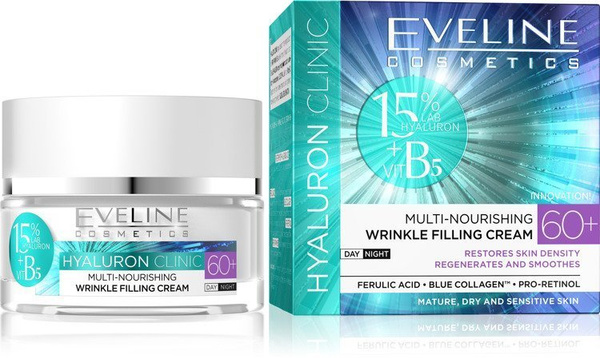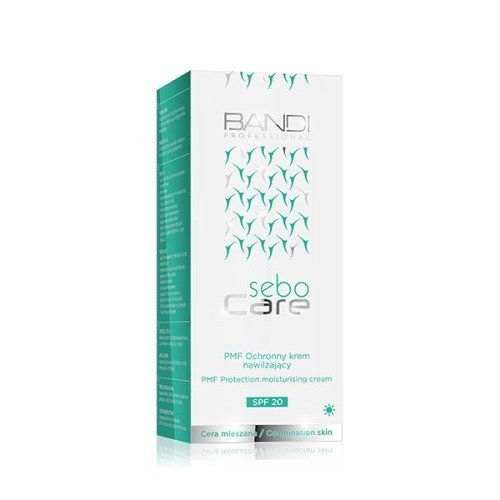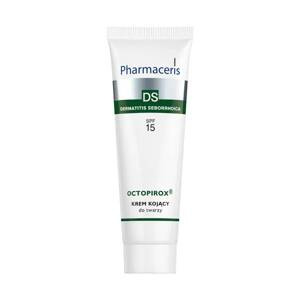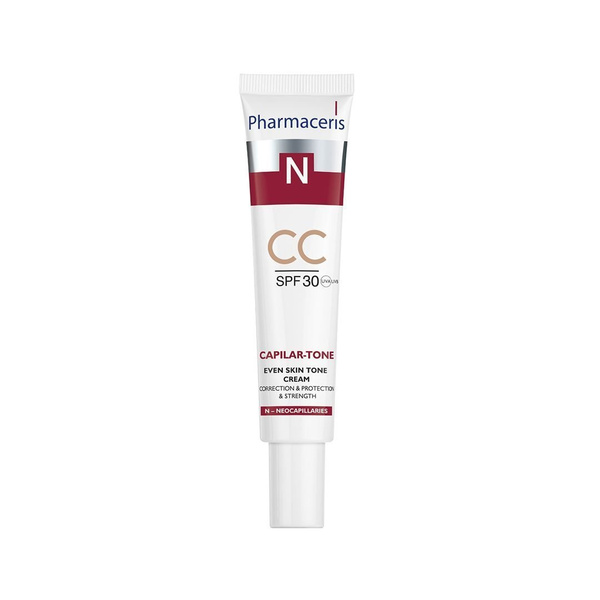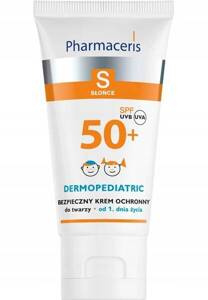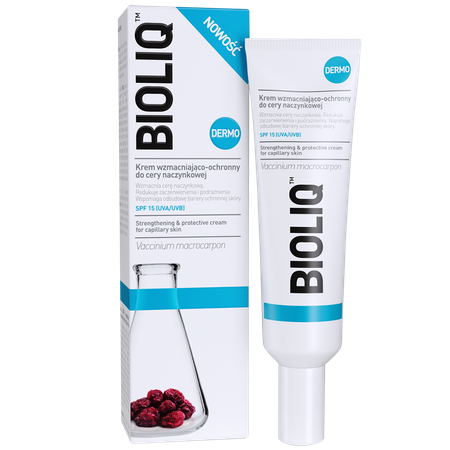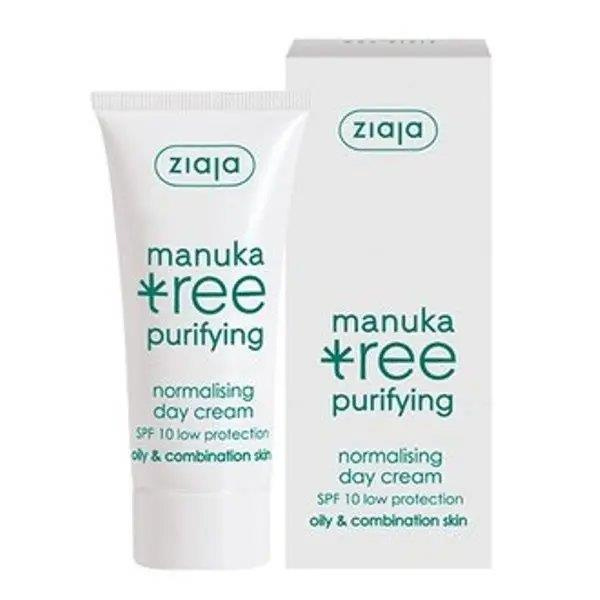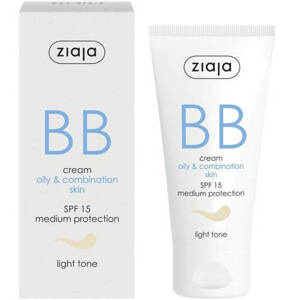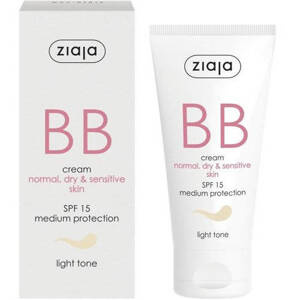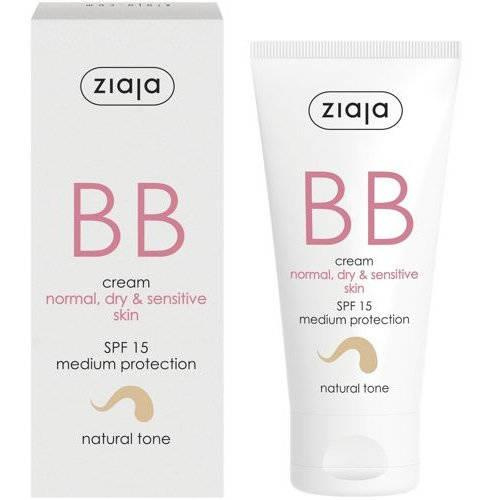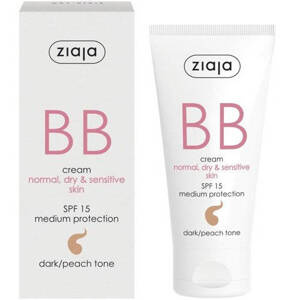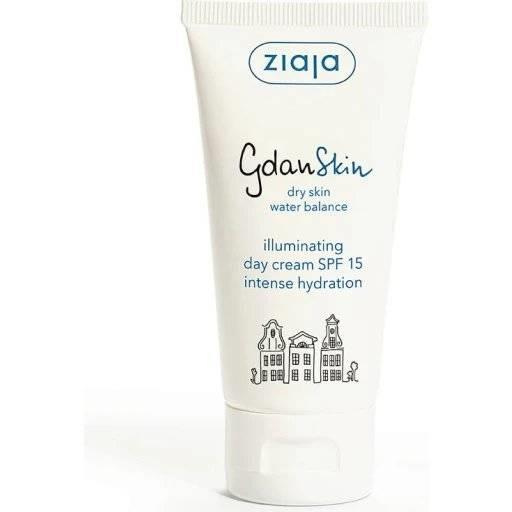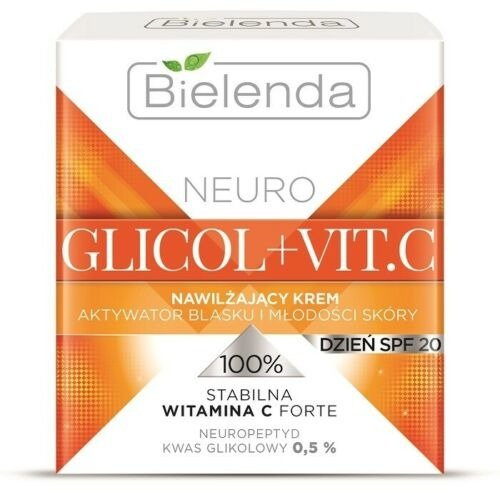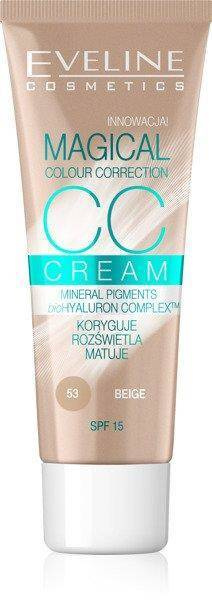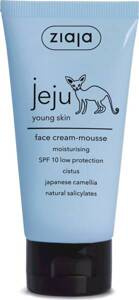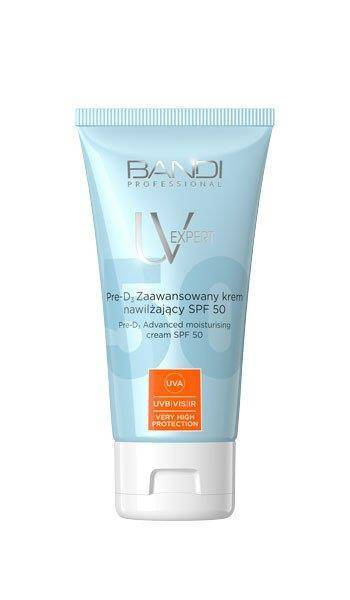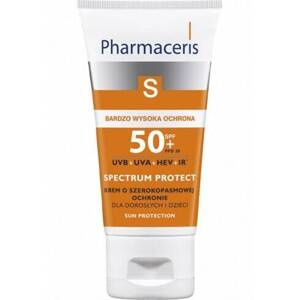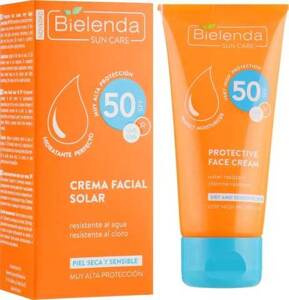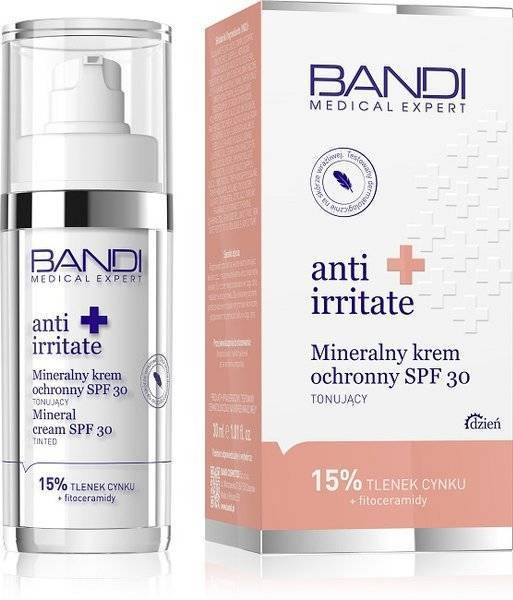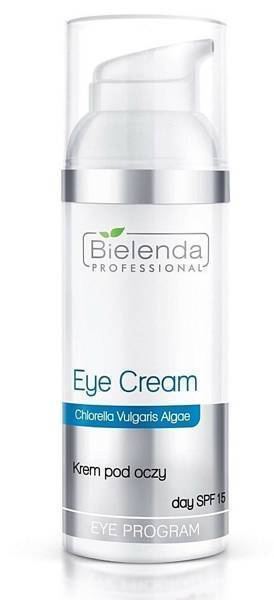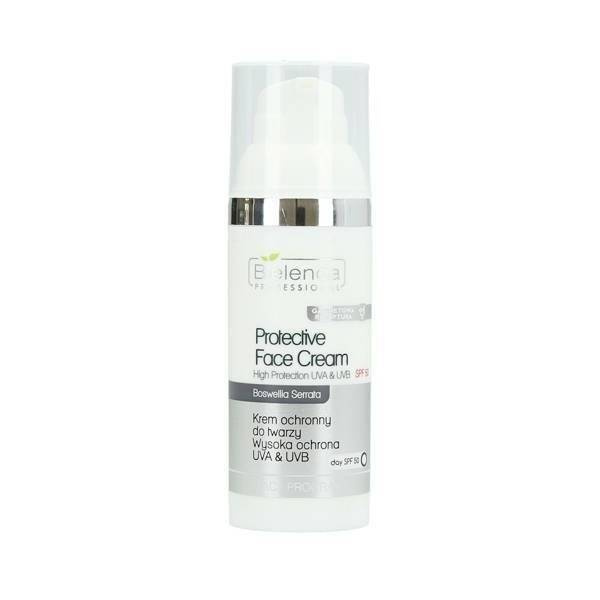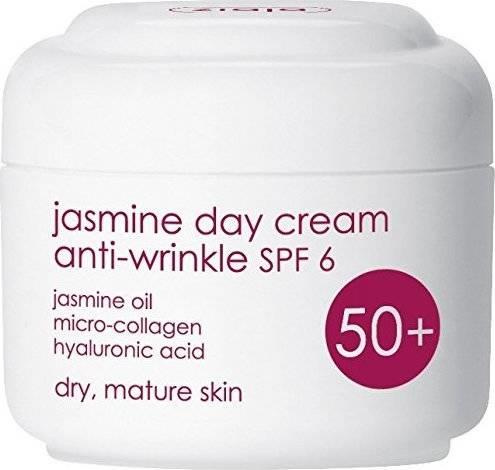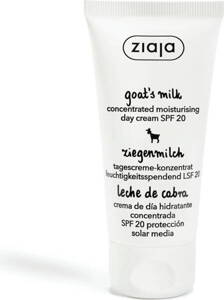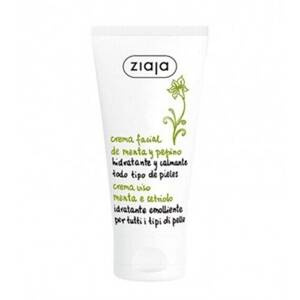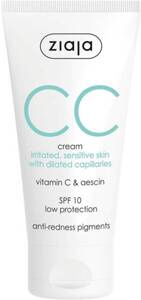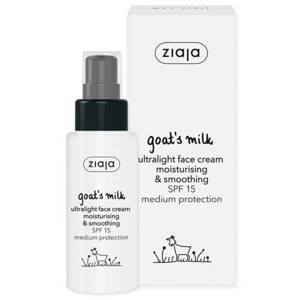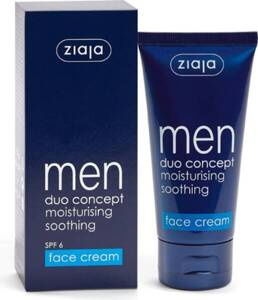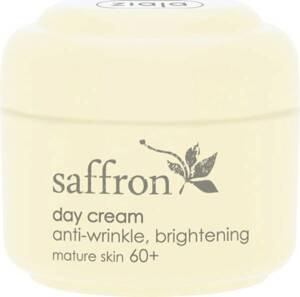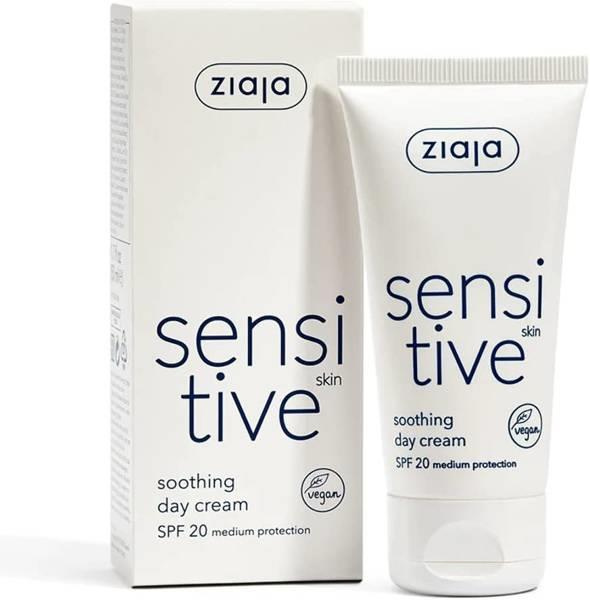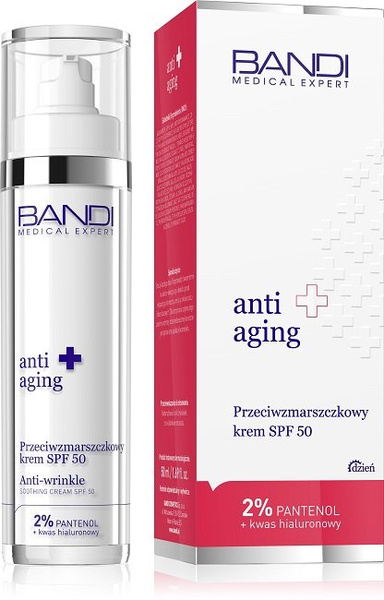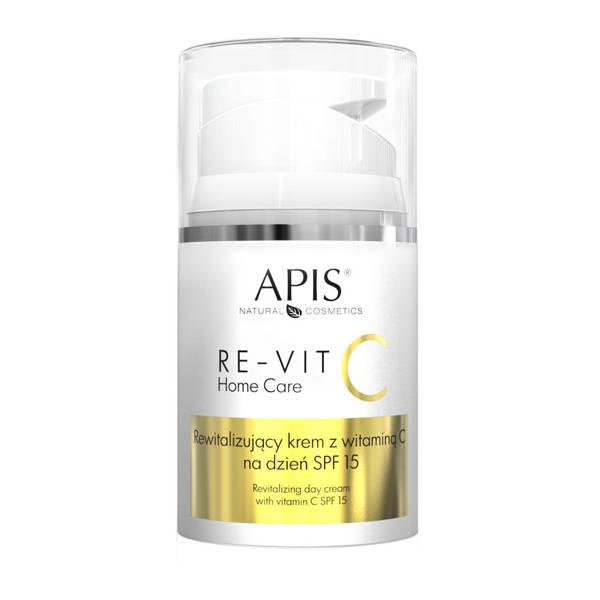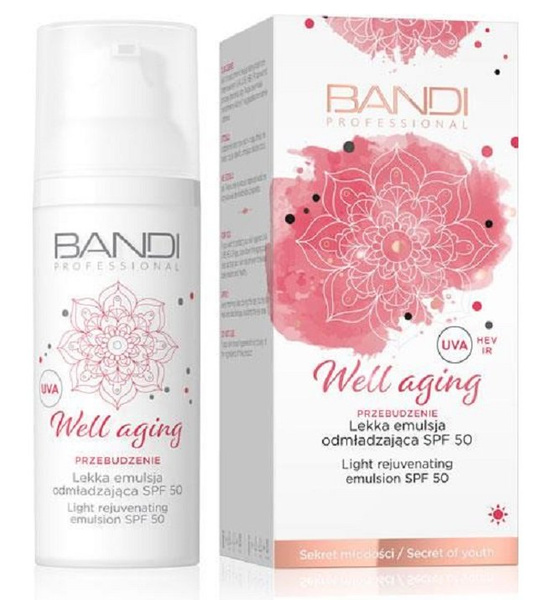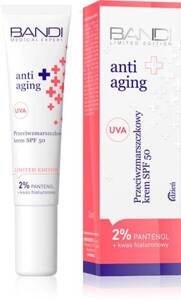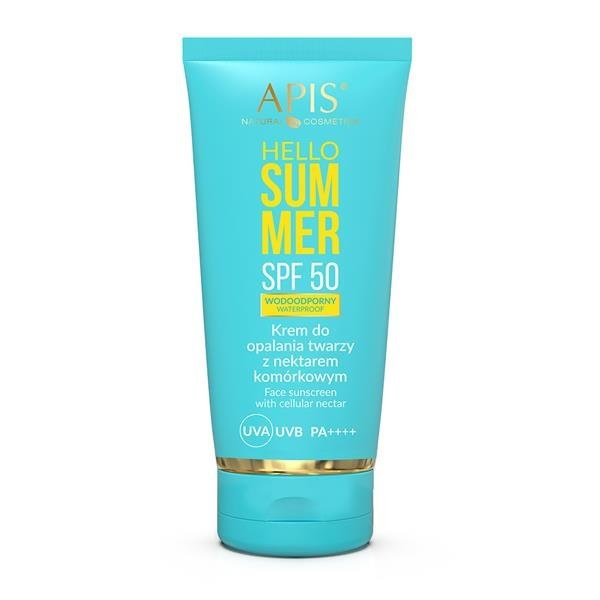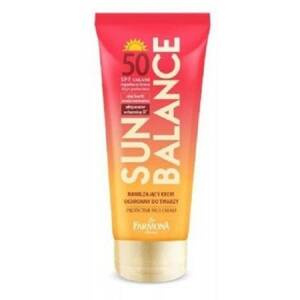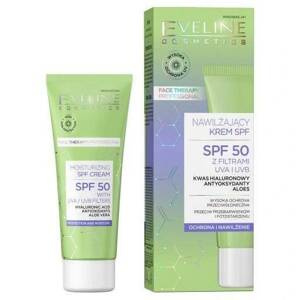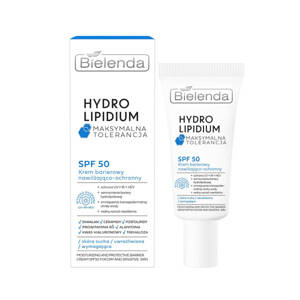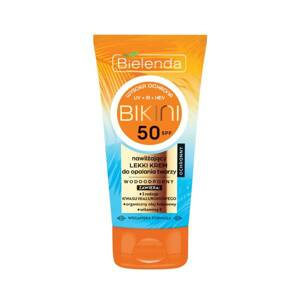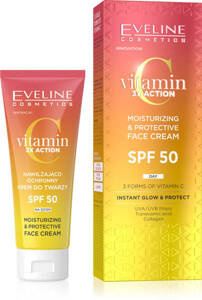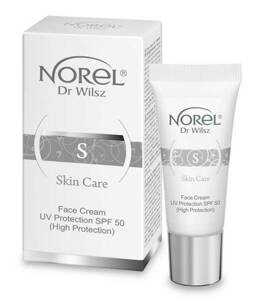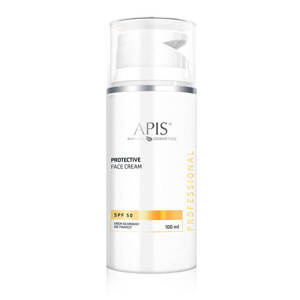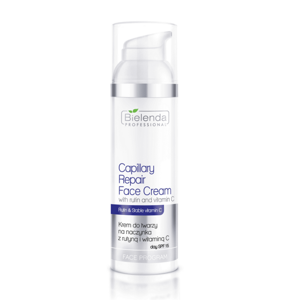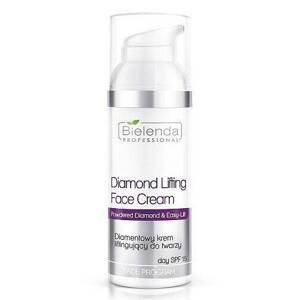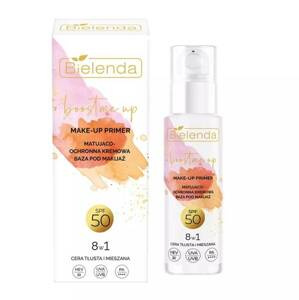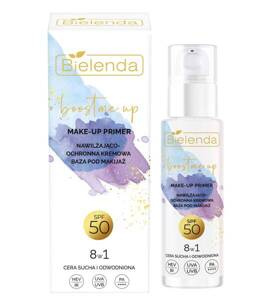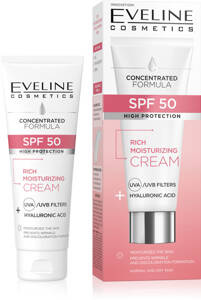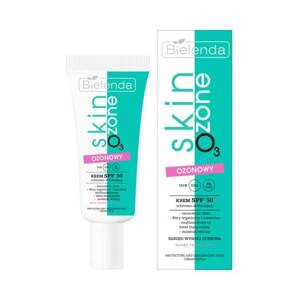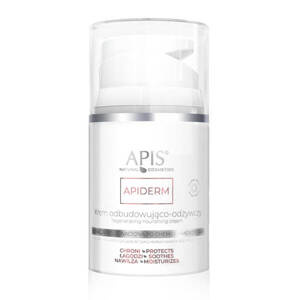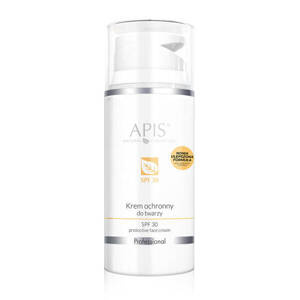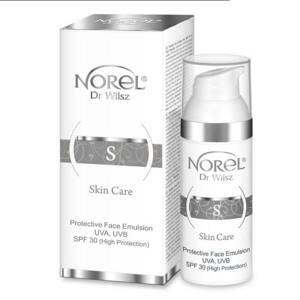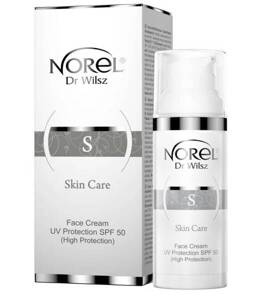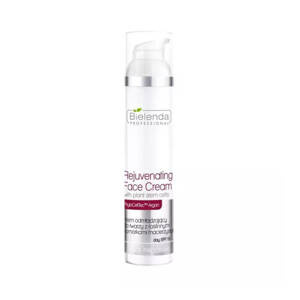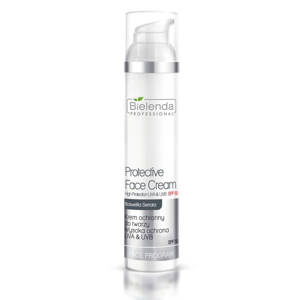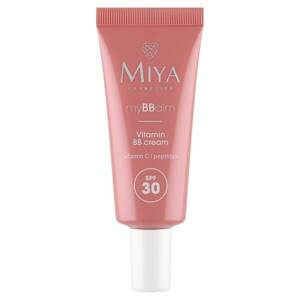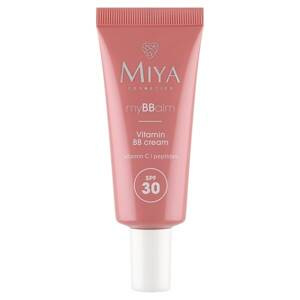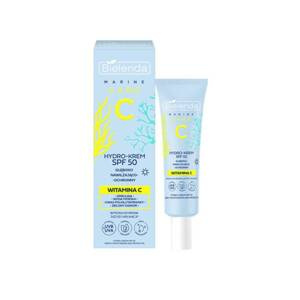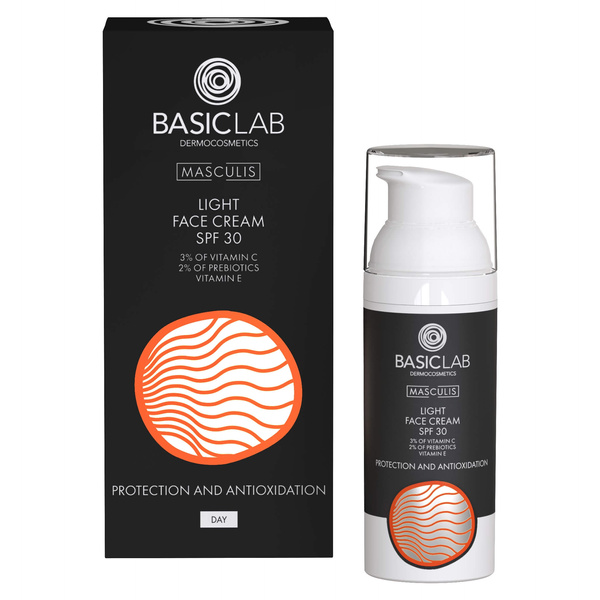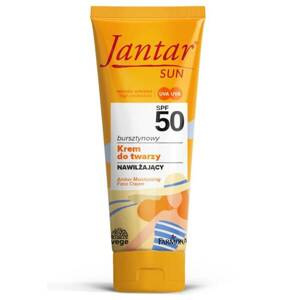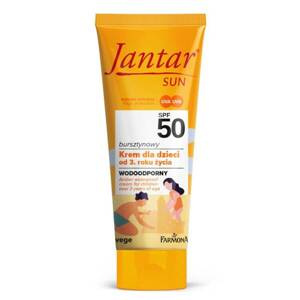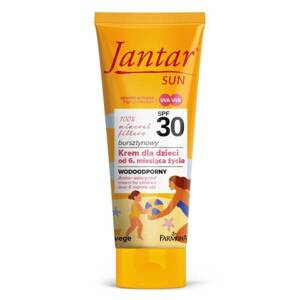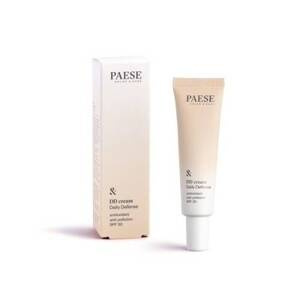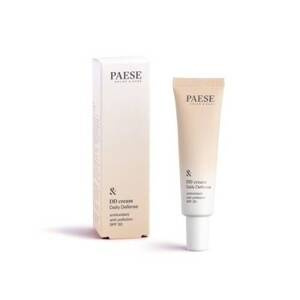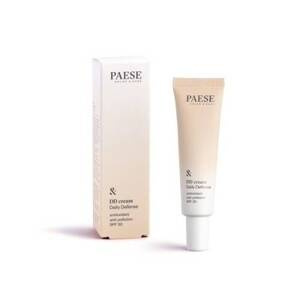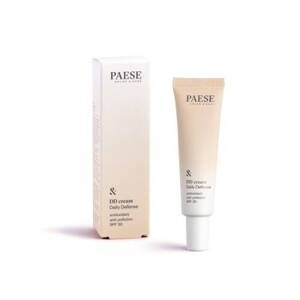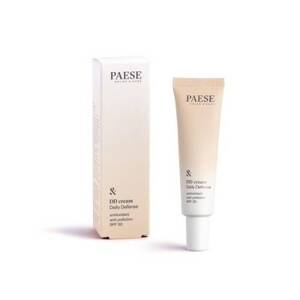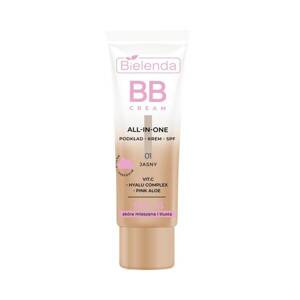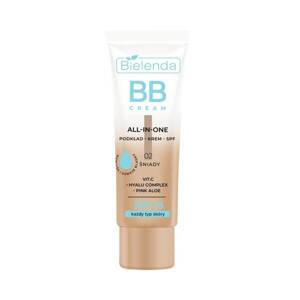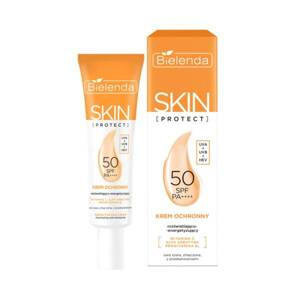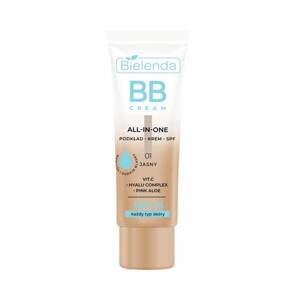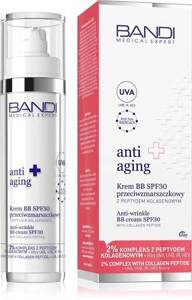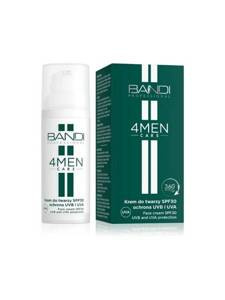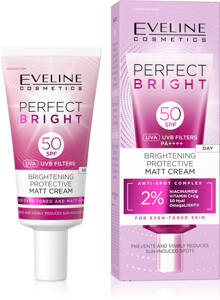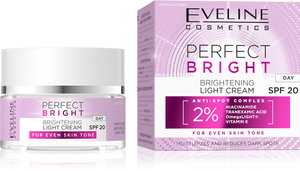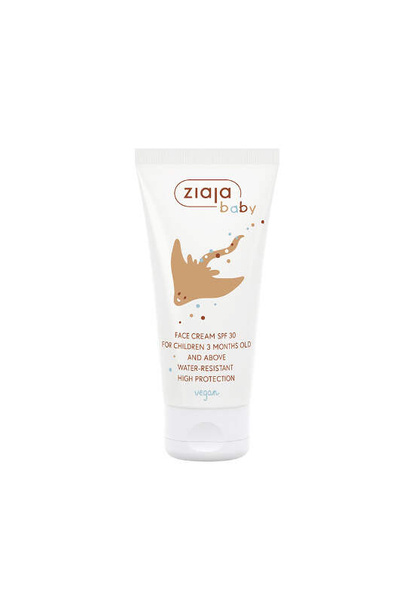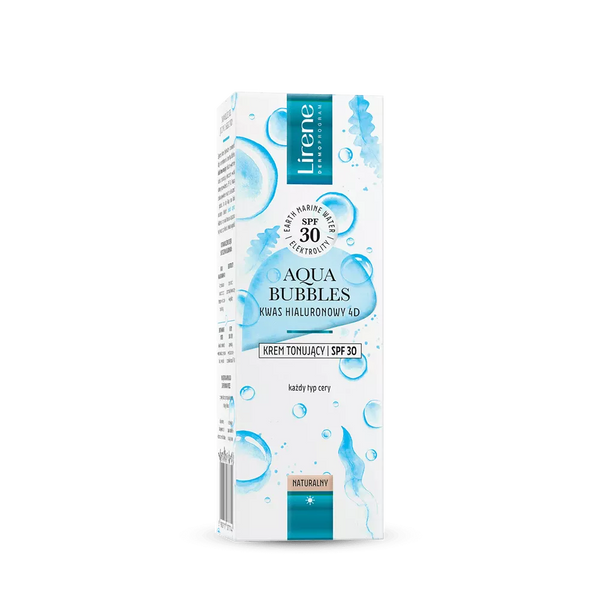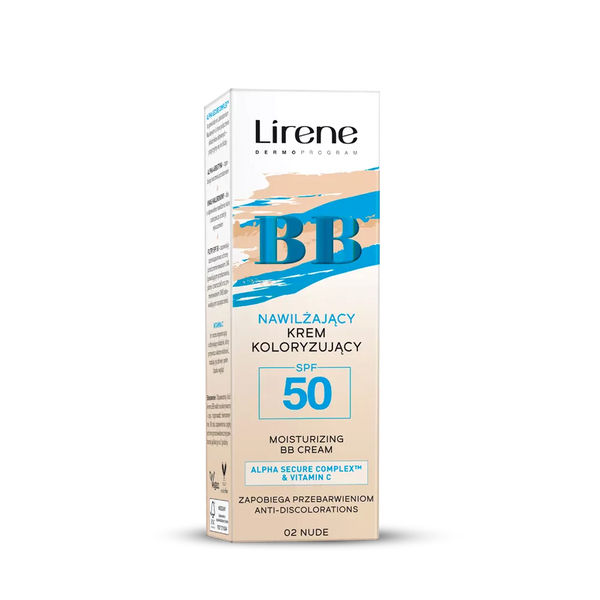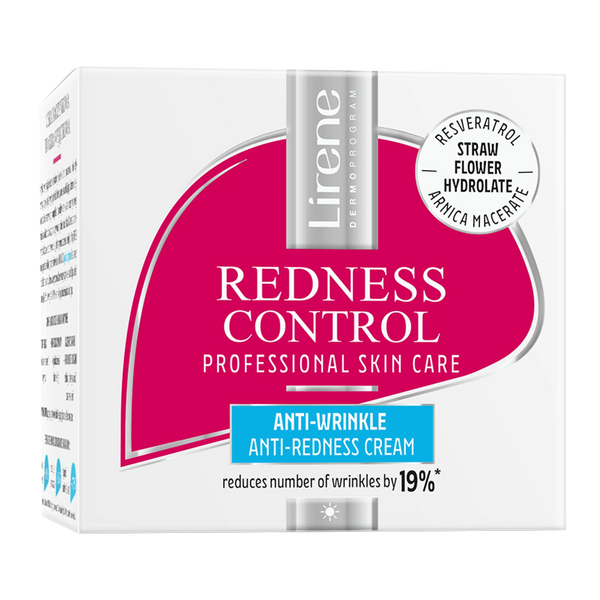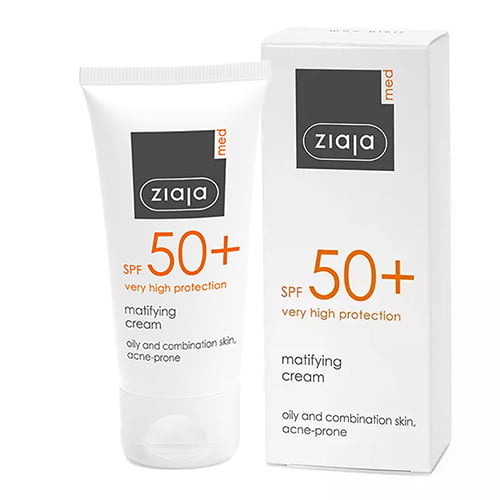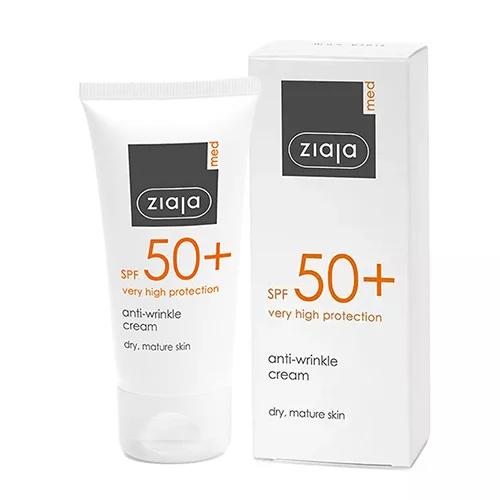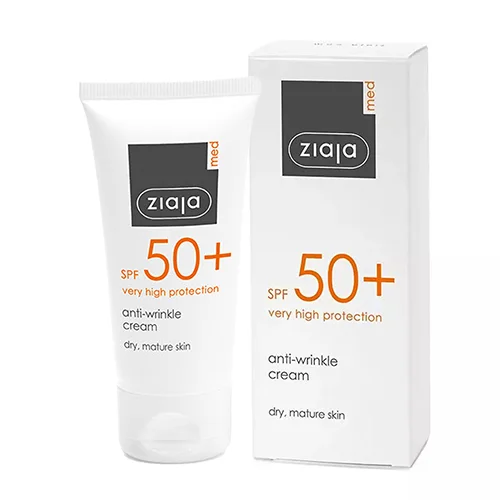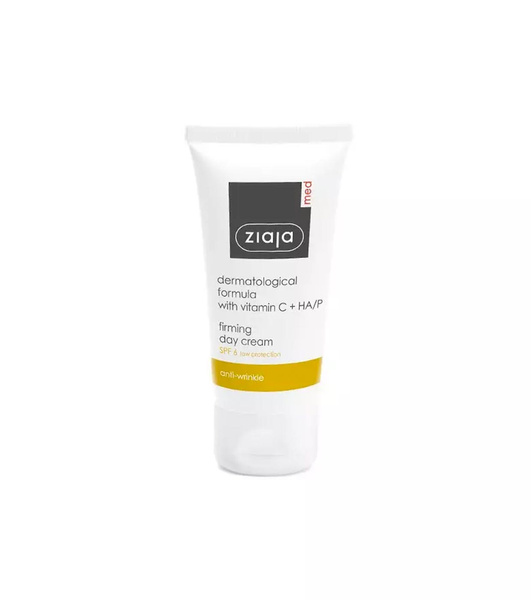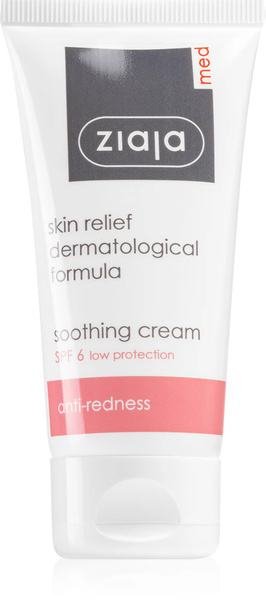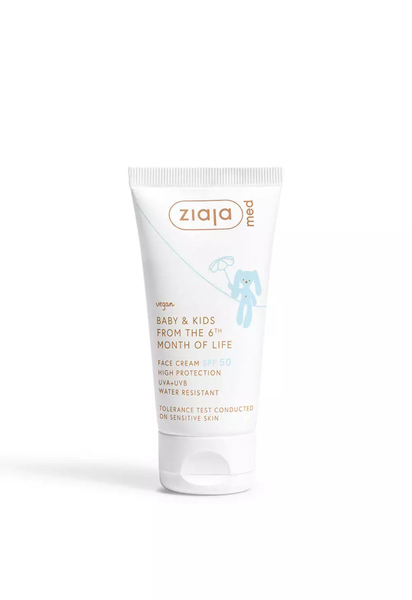How to Choose the Perfect SPF for Your Skin – The Ultimate Summer Sunscreen Guide
Summer sunlight feels invigorating, but its invisible ultraviolet rays work overtime on your collagen, pigment cells and DNA. Dermatologists estimate that up to 80 % of visible skin ageing comes from photo-damage, not birthdays. Wrinkles, enlarged pores, dark patches on the cheeks – they are all postcards sent by the sun. Yet many of us still reach for last-year’s half-empty tube or, worse, rely on the SPF in our foundation. This in-depth guide will help you select (and use!) a standalone sunscreen tailored to your skin type, lifestyle and climate, so you can step into July with confidence – and without regrets come October.
1 | Why SPF Matters More Than Ever
Sunlight is divided into UVA (ageing) and UVB (burning) wavelengths. UVA penetrates deeper than UVB, breaks down collagen and triggers pigmentation. UVB damages DNA, leading to redness, peeling and – long-term – oncogenic mutations. Modern sunscreens protect against both, but only if you choose the correct factor, apply enough product and re-apply in realistic intervals. The rule of thumb: two milligrams per square centimetre, or roughly a half-teaspoon for the face and neck. Less than that and your advertised SPF 50 behaves closer to SPF 20.
Consumer studies show the average adult applies only 0.8 mg/cm² – slashing protection by more than half.
2 | Mineral vs. Chemical – Decoding Filter Technology
Chemical (organic) filters such as Uvinul A Plus or Tinosorb S absorb UV energy and convert it to heat. They spread invisibly, feel lightweight and play nicely under make-up. Mineral (inorganic) filters – zinc oxide, titanium dioxide – act like microscopic mirrors, scattering rays away. They are photostable and less likely to irritate sensitive or post-procedure skin, but can leave a white cast if poorly formulated. Many 2024 formulas combine both worlds for broad-spectrum, high-comfort protection.
3 | Know Your Skin Goal, Pick Your Texture
Dry or mature skin craving cushiony moisture
Reach for nourishing emulsions enriched with ceramides and antioxidants. Apis Hello Summer SPF 50 Body Lotion cocoons limbs in monoi oil and shea butter, keeping elbows and shins gleaming for hours.
Sensitive, redness-prone or post-treatment complexion
Choose 100 % mineral protection. Bioliq Mineral Protective Emulsion SPF 50 uses non-nano zinc oxide suspended in a fluid formula that calms flare-ups thanks to chamomile and panthenol.
Hyperpigmentation and uneven tone
Look for SPF 50 paired with brightening actives. Bielenda Dr Medica Overpigmentation SPF 50 adds azeloglycine and niacinamide to curb tyrosinase, gradually fading dark patches while it shields.
Combination or breakout-prone skin
Avoid rich balms – opt for feather-light gels. Eveline Sun Care range features water-based SPF 50+ fluids infused with vitamin C and green tea that neither clog pores nor pill under foundation.
Men or sports enthusiasts
Sweat-resistant, non-greasy, fragrance-neutral. Bandi Anti-Irritate Mineral Cream SPF 30 doubles as a mattifying make-up base, blurring redness without shine.
4 | Seven Stand-Out Sunscreens to Bookmark
Eveline Vitamin C 3× Action Day Cream SPF 50 – triple antioxidant shield for dull, urban skin. Bioliq Mineral Protective Emulsion SPF 50 – pure zinc filter, fragrance-free. Norel UV Face Cream SPF 50 – pocket-sized 15 ml tube, ideal for festival season touch-ups. Shop now. Bielenda Dr Medica Overpigmentation SPF 50 – tackles melasma while it protects. Ziaja Waterproof Sun Lotion SPF 20 – family-friendly, water-resistant for beach days. Apis Hello Summer Lotion SPF 50 – lush body glow with monoi oil. Bandi Anti-Irritate Mineral & Toning SPF 30 – minimal-white-cast zinc for sensitive or just-shaved skin.
5 | Application Myths Busted
“My foundation has SPF 15, I’m covered.” Layering SPF values is not additive; the highest factor rules. A separate sunscreen is non-negotiable. “I sit in the office all day, so SPF is pointless.” UVA penetrates glass. Blue-light–induced ROS age skin too. “I bought SPF 50, one morning coat is enough.” Filters degrade; sweat and sebum dilute them. Re-apply every two hours outdoors, every four indoors if your desk faces a window.
6 | How Much Is Enough? The Two-Finger Method
Squeeze sunscreen along your index and middle finger – that’s the correct dose for one face, including ears. For the body, imagine a shot-glass (≈ 30 ml). Anything less creates “protein gaps” that let UV slip through.
7 | Sensitive Eyes, Heavy Beards, Wet Skin – Special Cases Solved
Stinging eyes? Choose all-mineral or apply chemical filters below orbital bone only, then wear UV-protected sunglasses. Thick facial hair? Work lotion with hair growth, then brush beard; residue goes onto scalp line. Coming out of the sea? Use a “wet-skin” lotion like Ziaja Waterproof SPF 20; polymers bind to damp epidermis without streaking.
8 | Layering Order AM Routine
1) Antioxidant serum (vitamin C or ferulic acid) 2) Hydrating toner or essence (optional) 3) Targeted treatment (niacinamide, peptides) 4) Moisturiser (if your SPF isn’t moisturising enough) 5) Sunscreen – let set 3 min before make-up 6) Primer / foundation / powder (if desired)
9 | FAQ – People Also Ask
Is SPF 30 enough or should I jump to 50?
SPF 30 blocks ≈ 97 % UVB; SPF 50 ≈ 98-99 %. If you have melasma, photosensitive conditions or use retinoids, pick 50. For daily office life, SPF 30 + correct dose is acceptable.
Can I mix sunscreen with foundation?
No. You dilute filters and disrupt the polymer mesh. Instead, apply sunscreen, wait, then use a damp sponge to press foundation on top.
Does darker skin need sunscreen?
Yes. Higher melanin slows burns but does not prevent photoageing or DNA damage.
How soon should I replace an open tube?
Most sunscreens remain effective 12 months after opening. If formula separates or smells rancid, discard sooner.
10 | The Bottom Line
Sunscreen is the only over-the-counter product proven to prevent premature ageing. Treat your tube as insurance policy, not optional luxury. Whether you love the velvety feel of Eveline Vitamin C SPF 50, the simplicity of Norel’s mini tube or the mineral calm of Bioliq, remember that the best SPF is the one you’ll re-apply.

